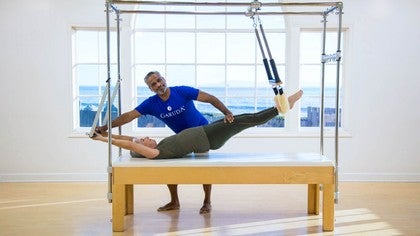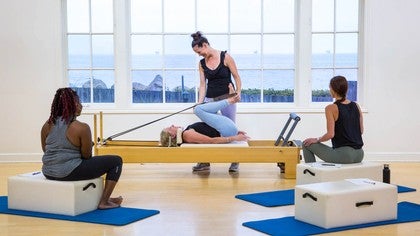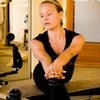Premium workshop
You can view a 2 minute preview. For details, scroll down below the video.
Description
Objectives
- An understanding of the body’s movement potential
- Analysis of the available movement in the body by identifying holding patterns caused by dysfunctional movement in the individual
- Changing restrictions through techniques such as muscle energy, innovative Pilates set-ups on the apparatus and hands-on work
- Developing a whole body approach for strengthening and brain imprinting exercises to reinforce a new way of moving
- Self practice and continued education
About This Video
Workshops: Teaching Methodology
Comments
You need to be a subscriber to post a comment.
Please Log In or Create an Account to start your free trial.















